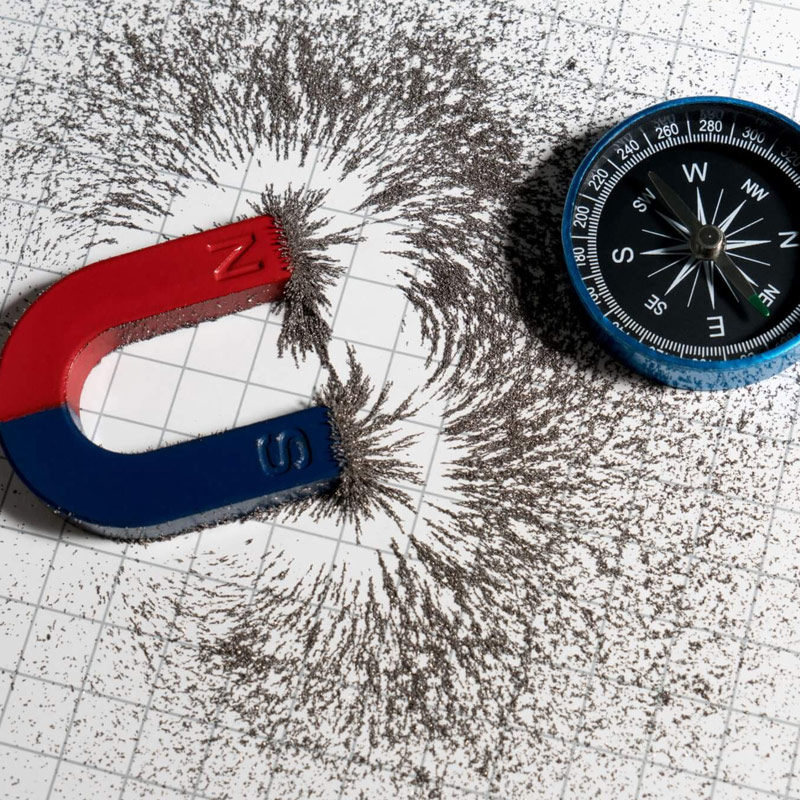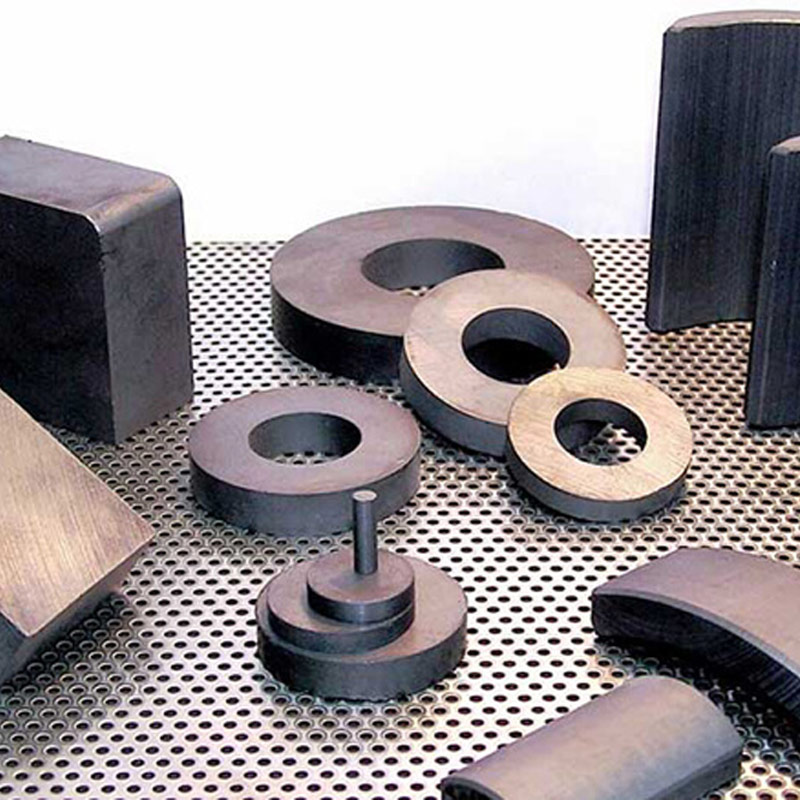The Dual-Channel Ultrasonic Water Meter

 English
English
![]()
 English
English
 Russian
Russian
 French
French
 Spanish
Spanish


Cast iron is made by melting iron ore in a blast furnace. The molten iron is then poured into molds or casts to create objects of the desired shape. When the iron cools and solidifies, it retains some of the carbon from the original blast furnace fuel. This makes cast iron harder and more brittle than wrought iron.
Cast iron is a type of iron that is magnetic due to the presence of a large number of electrons that spin in the same direction. The magnetic properties of grey cast iron can vary widely from low permeability and high coercive force to high permeability and low coercive force. Its malleability makes it an ideal material for magnetic projects that require repeated fabrication and resistance to corrosive environments.
Cast iron is a fascinating material, with many uses and applications. Its magnetic properties make it even more intriguing, and have given rise to the phenomenon of ‘cast iron magnetism’. This article will explore the science behind cast iron magnetism and its potential real-world implications. The unique and powerful capabilities of cast iron when combined with a magnet make it highly desirable for use in many industries such as construction, manufacturing, engineering, robotics, and more.

1. Magnetism is a fascinating force that has captivated humans for centuries. It's the invisible power that holds up notes on our refrigerators, and the pull that sends compass needles spinning. But can a magnet attract pig iron? This question has puzzled many, as pig iron has a high carbon content that makes it less magnetic than other types of iron. However, with the right conditions, a magnet can attract pig iron. By heating the pig iron to a high temperature and exposing it to a strong magnetic field, it can become temporarily magnetic. It's a reminder that even materials that seem resistant to magnetism can be influenced under the right circumstances, adding to the endless curious wonders of this captivating force.
2. The principle of magnet attraction: metal atomic structure. Matter is mostly composed of molecules, molecules are composed of atoms, and atoms are composed of nuclei and electrons. Inside the atom, electrons are constantly spinning and revolving around the nucleus. Both of these movements of electrons create magnetism. But in most matter, the electrons move in different directions and chaotic, and the magnetic effects cancel each other out. Therefore, most substances are not magnetic under normal circumstances.
3. Ferromagnetic substances such as iron, cobalt, nickel or ferrite are different. The electron spins inside can be spontaneously arranged in a small range to form a spontaneous magnetization region, which is called magnetic field. domain. After the ferromagnetic substance is magnetized, the internal magnetic domains are arranged neatly and in the same direction, which strengthens the magnetism and constitutes a magnet. The process of attracting iron of a magnet is the magnetization process of the iron block. The magnetized iron block and the magnet of different polarities have an attractive force, and the iron block is firmly "sticked" to the magnet. We say magnets are magnetic.
Iron cast magnets are made by pouring molten iron into a mold. The iron is then cooled and hardened. The resulting magnets are very strong and can be used in a variety of applications.Cast iron is made by melting iron ore in a blast furnace. The molten iron is then poured into molds or castings to create objects of the desired shape. As the iron cools and solidifies, it retains some of the carbon from the original blast furnace fuel. This makes cast iron harder and more brittle than wrought iron.
Cast iron magnets are made of iron alloys with a high iron content. High iron content gives magnets magnetic properties. The magnets are cast into shape and then cooled. The cooling process hardens the metal and gives the magnets strength.


Cast iron is magnetic because iron is magnetic, and cast iron is just a shaped form of iron.Iron itself is magnetic due to the electrons in it.They rotate almost exactly in the same direction as each other.This makes them attracted to other metals with similar magnetic properties.In this case, cobalt and nickel are similar metals.The force between atoms in these metals creates a magnetic field, and cast iron itself is magnetic.For many people, magnets are just things in their lives that they almost never think about.
Again, cast iron is a better pan that many people like to use at home, but they don't consider any specifics of the properties.However, really understanding these properties and why the elements that might have them is important to fully understand why they are important and how they affect different things in your home.As far as cast iron is concerned, it's important to understand how it handles heat and interacts with different metals, depending in part on what the cast iron is used for in your home.
Cast iron magnetic is an important factor to consider when searching for the right hardware for your project. This unique material has a variety of uses and advantages over other materials in certain applications. Whether you’re looking to secure something to a wall or need an extra layer of protection from the elements, this material may be exactly what you need. Cast iron magnetic comes in many forms, allowing you to select the perfect option for your needs.
We provide our customers with a full range of products, services and solutions to help them remain competitive in their respective fields. We handle every job with the best process for lowest cost, best quality and highest efficiency. Our capabilities are comprehensive and include engineering design, sample development, process control, heat treatment, machining, inspection, and shipping and delivery. Thanks to our extensive experience and expertise in casting and machining, we are able to produce a wide range of parts and assemblies serving a wide range of industries and applications.
We attach great importance to quality. We are ISO9001/2015, AS9100 ISO45001:2018 and PED 97/23/E, ADW0 and API 6D certified by BV, TUV and DNV. The implementation of the ISO9001 quality management system ensures the good performance of our products and services, enabling us to establish long-term business relationships with customers all over the world.
The application industries of magnetic cast iron are incredibly diverse, ranging from automotive manufacturing to nuclear power operations. Magnetic cast iron is often employed in the production of crankshafts, pistons, and other vital components of internal combustion engines. In addition to its use in greasing points and restraints, this specialized alloy also serves to minimize vibrations generated by heavy industrial and automotive machinery.
Moreover, due to its electromagnetic shielding capabilities - which prevent radiation leakage - magnetic cast iron has become a preferred material for the construction of components at nuclear power plants. As these examples demonstrate, magnetic cast iron is a versatile and indispensable material in many industries.
The field is required.
The field is required.
The field is required.
The field is required.
Send